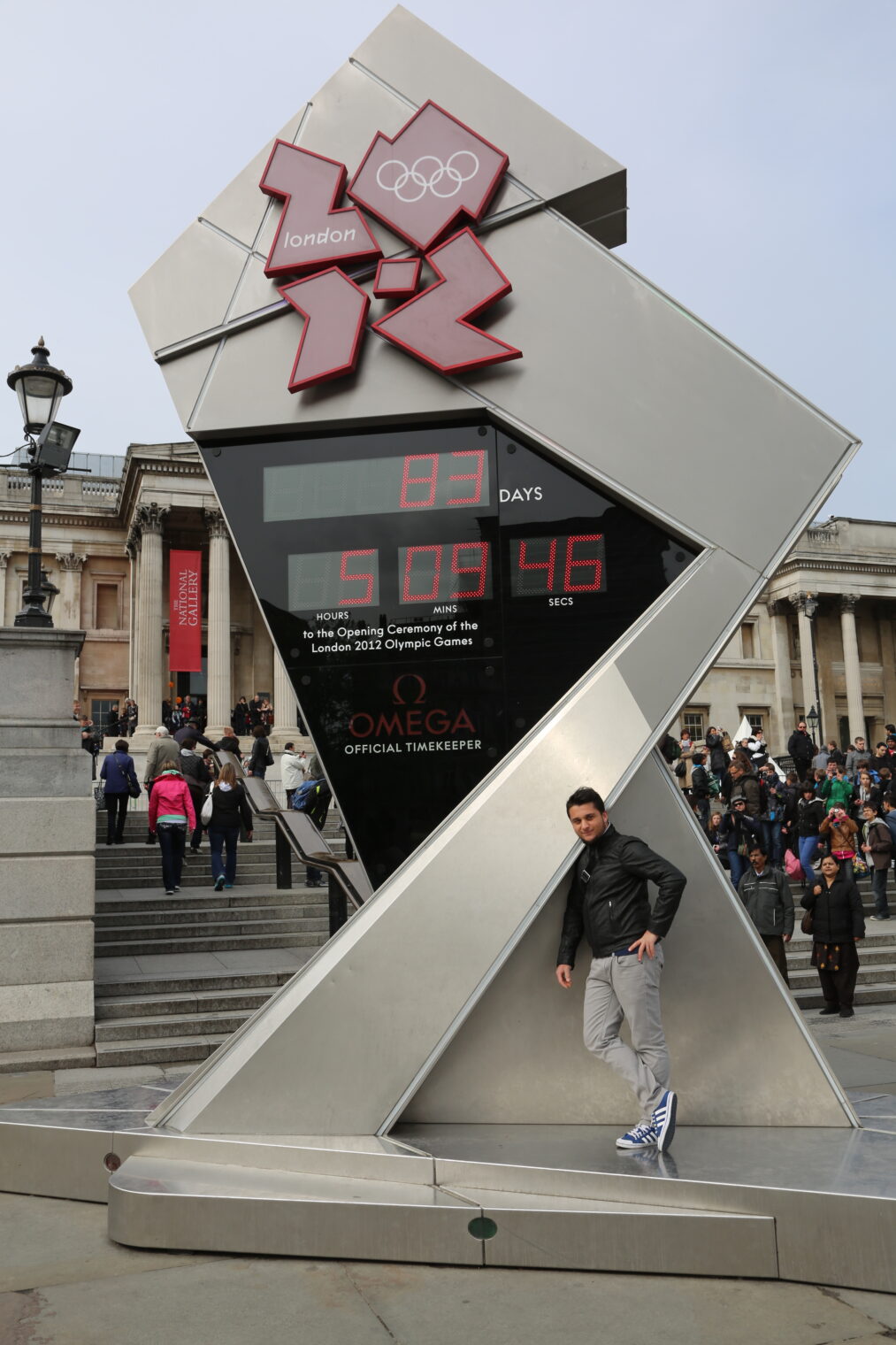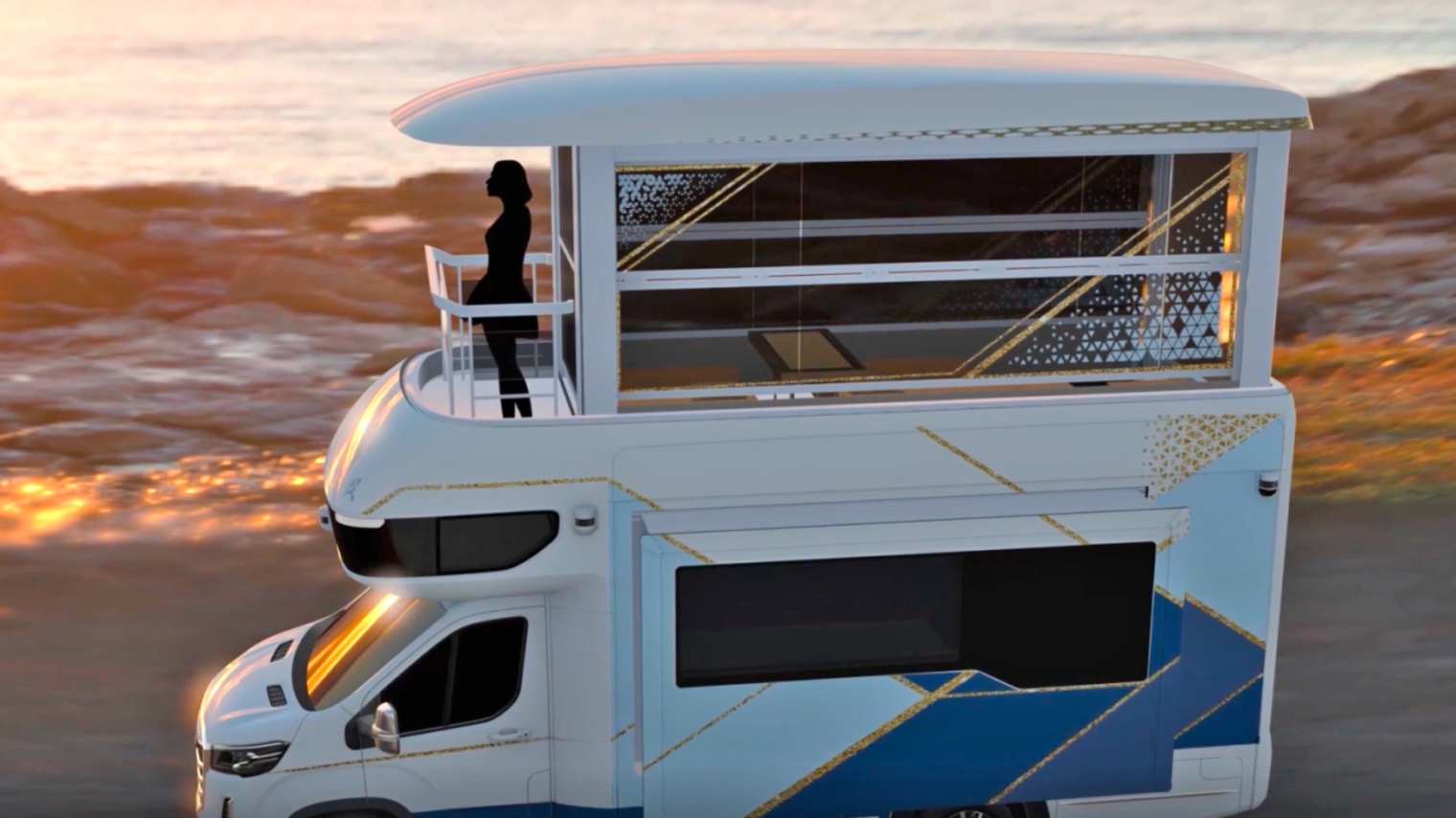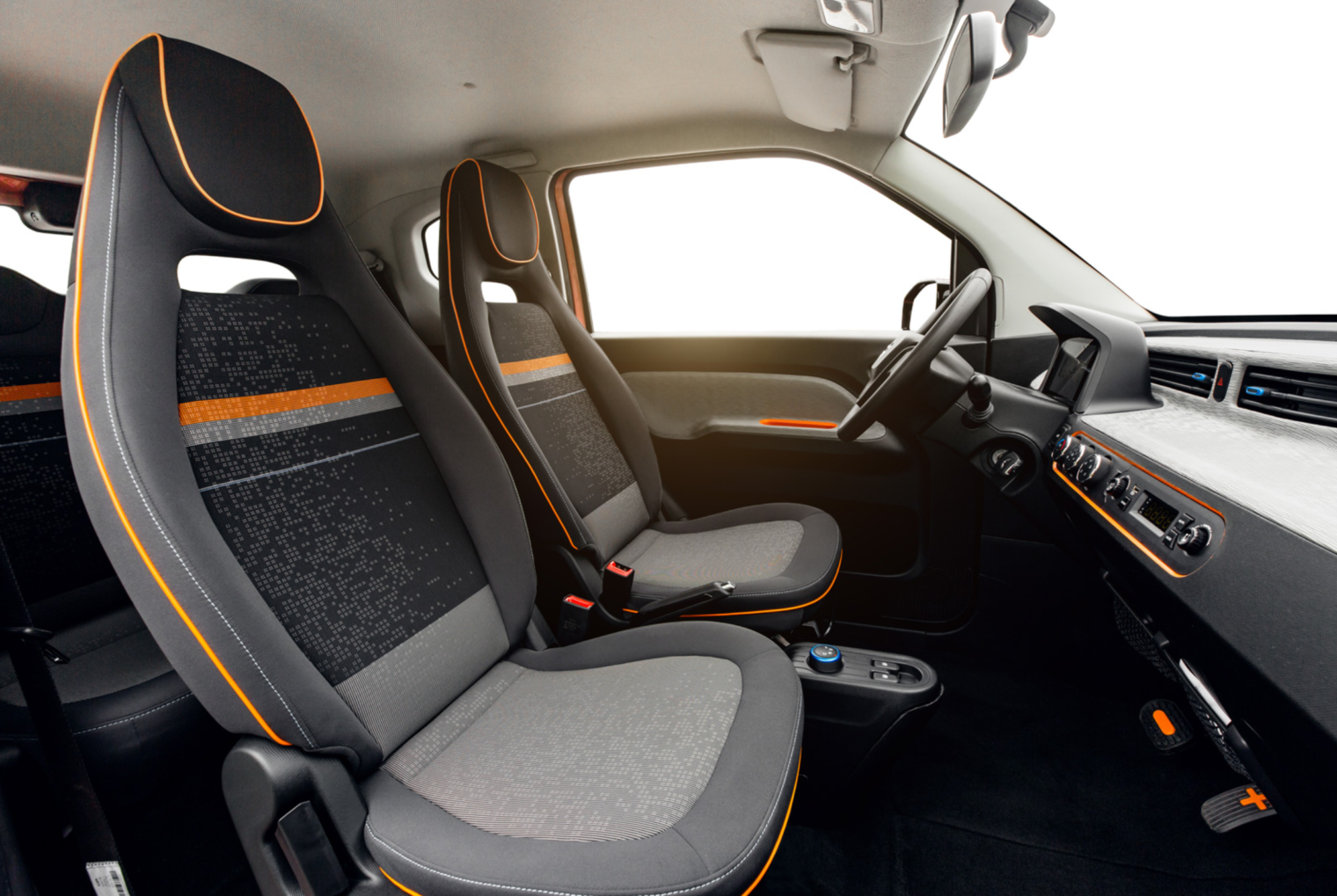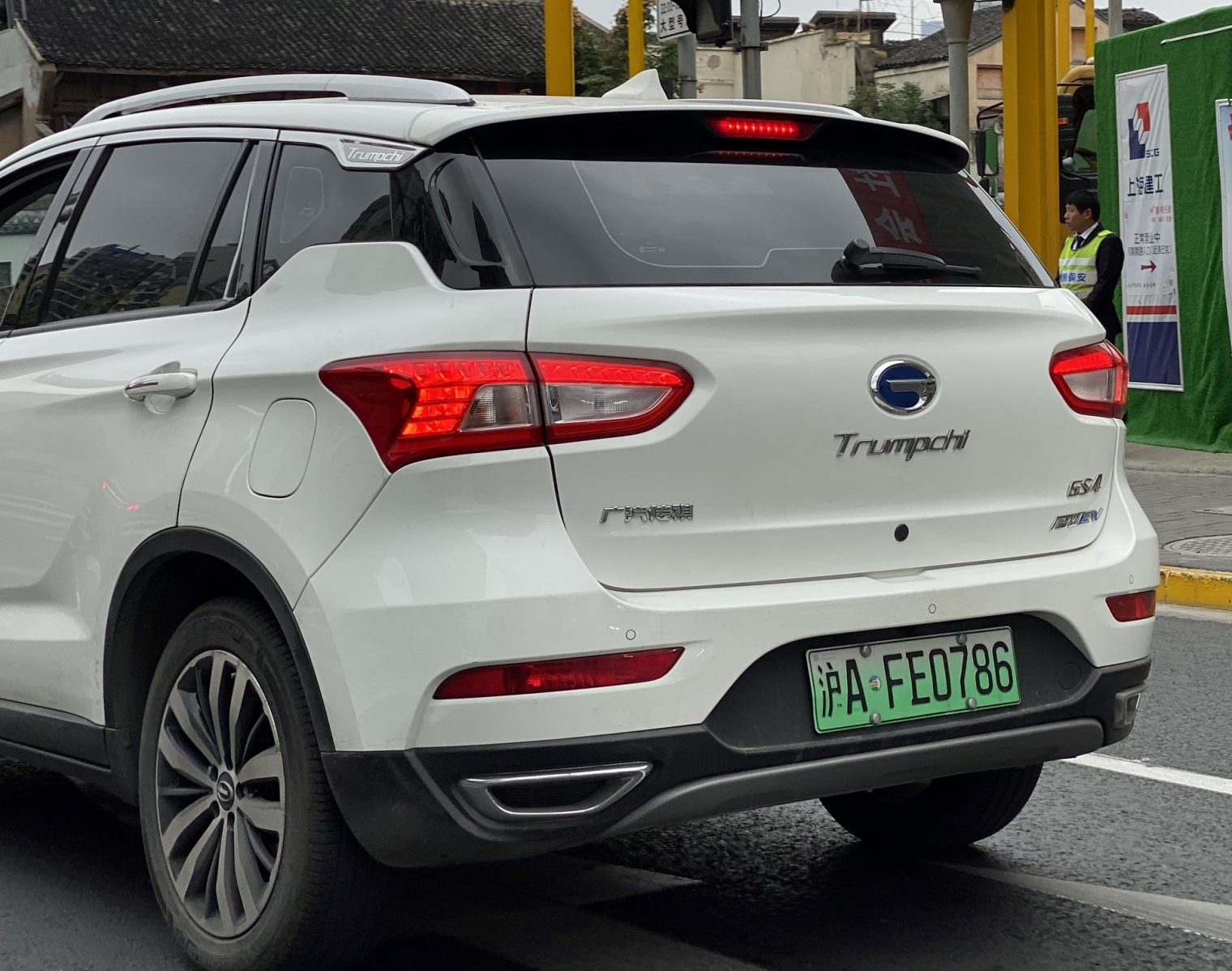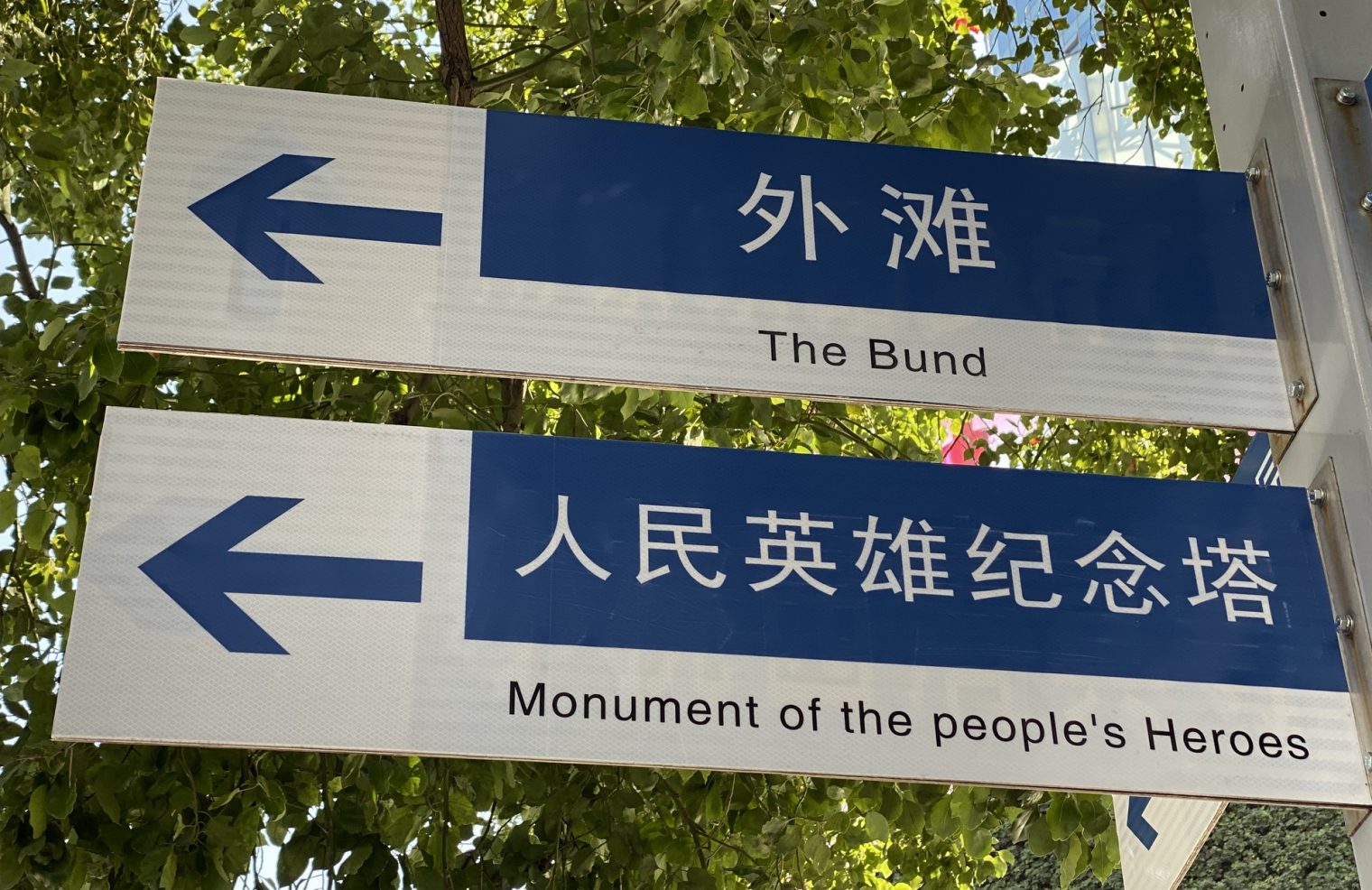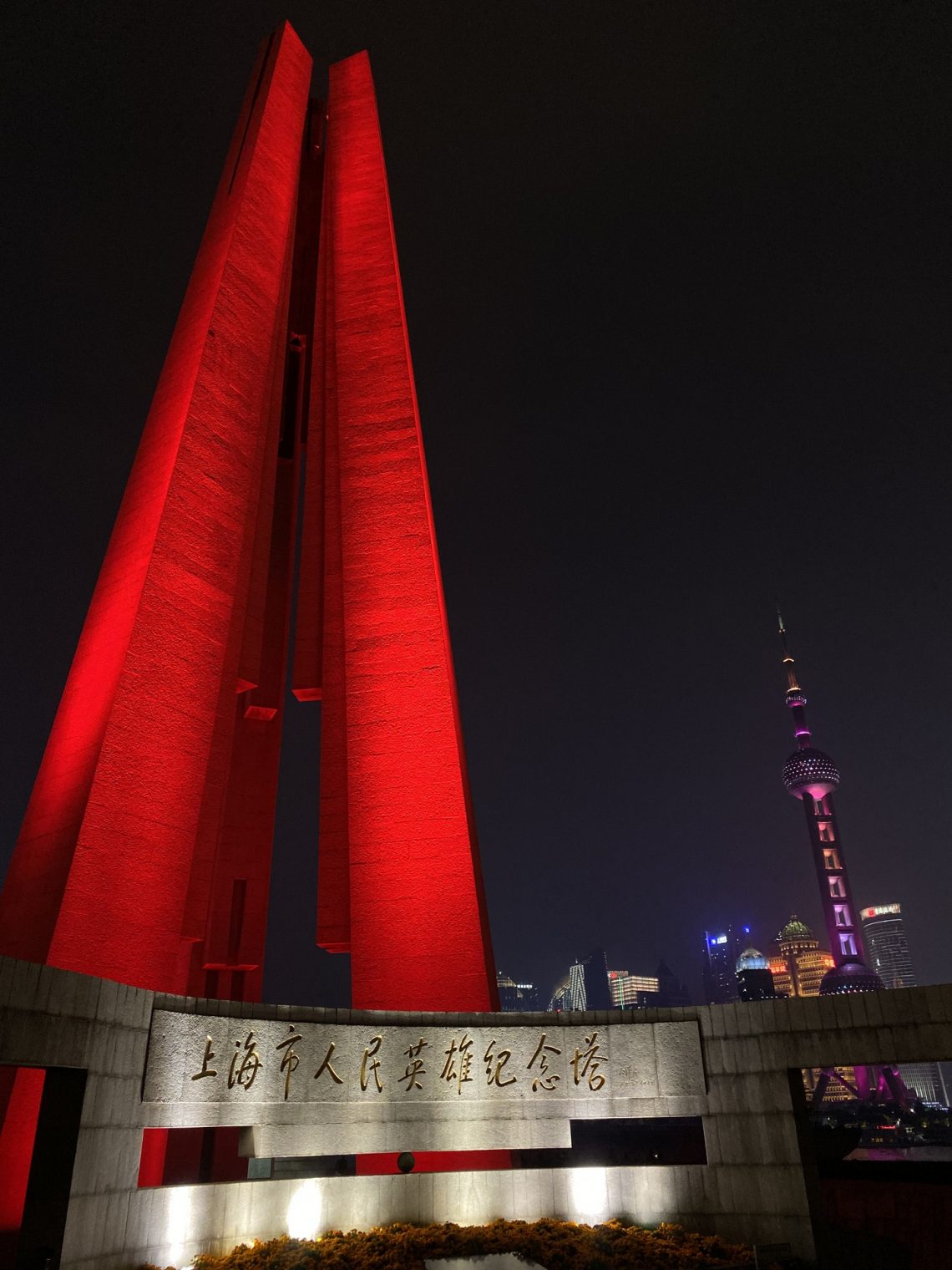We are standing up to China by sending $1 billion for broadcast rights to the Beijing Olympics?
“U.S. Will Not Send Government Officials to Beijing Olympics” (New York Times, today):
American athletes will still be able to compete in the Winter Games, but the diplomatic boycott is a slap at China for human rights abuses in Xinjiang.
Pressure has been building for months from members of Congress in both parties to hold China accountable for abuses of Uyghur Muslims in the Xinjiang region and crackdowns on pro-democracy protests in Hong Kong. Those calls only intensified after the disappearance from public life of the tennis star Peng Shuai after she accused a top Communist Party leader of sexual assault.
On the latter point, previously in the NYT: “She said she met Zhang earlier in her career and had a consensual relationship with him. She said he sexually assaulted her shortly after he stepped down as one of China’s top leaders in 2017.” Her story is that she enjoyed having sex with this elderly married guy right up to the day that he no longer had the power to do stuff for her? (He’s 75 now; Peng Shuai is 35)
Jen Psaki, the White House press secretary, said administration officials did not believe it was appropriate to send a delegation of U.S. officials to the Games in February after “genocide and crimes against humanity” in Xinjiang.
“Genocide” is so bad that the word doesn’t appear in the story until after we learn about the young tennis player who was having sex with an old married guy?
But previous attempts to pull athletes out of the Games have fallen flat. The last time the United States pursued a full boycott of the Olympics was in 1980, when President Jimmy Carter rallied against allowing athletes to participate in the Summer Games in Moscow, to protest the Soviet Union’s military presence in Afghanistan.
The New York Times doesn’t mention that, in addition to boycotting the sports event, we poured cash and weapons into the hands of the Mujahideen (“those engaged in jihad”). How did that work out for us? (see also “How Jimmy Carter Started America’s Afghanistan Folly” (Washington Monthly))
So… we won’t send any U.S. politicians or bureaucrats to China, but we will send $1 billion in cash for the host city’s share of the American broadcast rights? How does our family sign up to be boycotted?
Related:
- What have I missed at the Olympics? (Tokyo COVID 2021 games)
- Olympics could be inexpensive to host if ticket prices were raised? “Since it is mainly a TV event, what would be wrong with using pricing to keep the Olympics gathering to a manageable size?”
- Russia is bad, Olympics Edition (according to the NYT, 2018)
- Olympics meme (regarding the South Korea games that happened during the cruel reign of the Trumpenfuhrer): I wanted to take a moment to ask readers to invest in thoughts and prayers for the safety of athletes who are threatened by a mentally unstable madman in command of a massive nuclear-and ballistic-missile equipped military (and also the athletes may be threatened by that North Korean guy).
- World GDP will shrink during the Olympics? (given how fat Americans got during Covid lockdowns, why is it even legal to broadcast more sports here?)
- Is it heresy to say that the Olympics could be good for Boston? (from 2015) “Generally civic approval processes in Massachusetts work under the assumption that time is meaningless and money is infinite. With a hard deadline of 2024 people would be forced to make decisions, clear away obstacles, and forgo “let’s do some more study” or “let’s have another lawsuit” conclusions to meetings. There is no question that at least half of the money spent will be wasted. But that’s true of much that state and local governments do. The difference with the Olympics is that at least something would get done, e.g., completion of various T extensions.”
- London Olympics spends $10,000 on each security guard’s uniform
- Olympic moving sport? (packing containers; could be for winter and summer games!)
Excitement building in London, May 2012:
“London’s Summer Games in 2012 generated $5.2 billion compared with $18 billion in costs. What’s more, much of the revenue doesn’t go to the host—the IOC keeps more than half of all television revenue, typically the single largest chunk of money generated by the games.” (CFR)
Full post, including comments